
Site maintenance and performance, CRM and inventory management, packaging and shipments, customer services and feedbacks, marketing and promotional campaigns – are all the elements of running a business successfully, that require a huge amount of time and investment.
Unless you are dead serious about making your business as the sole source of income with your own products under your brand name, avoid the hassles of creating and running your own site.
If you want to sell online just as a side hobby or to earn those extra bucks, it’s better to use a well established marketplace.
Selling on Amazon is much more advantageous in terms of investment, brand awareness and online presence.
Also Read: Amazon Buy Box For Dummies
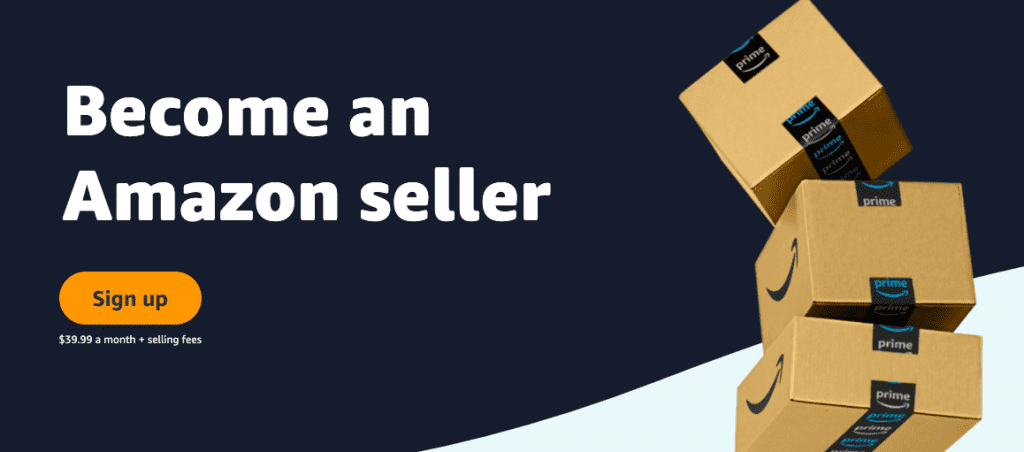
Fulfillment by Amazon (FBA) takes care of all your storing, packaging and shipping needs.
Though it’s a premium service associated with each product you sell, it saves you from maintaining a warehouse for your inventory or fulfilling the orders for your customers.
This means, you get more time to focus on how to boost your profits.
Apart from that, Amazon also integrates with several tools and resources that can simplify the whole process of selling online.
For example – from product researching, listing and advertising, to sending the order status updates, after service feedbacks or addressing customer concerns and much more.
In other words, Amazon is a great platform to do business with limited resources and budget, and minimal risks.
But the most sought after question is – How Much Money Do I Need To Start Selling on Amazon?
Well honestly…it depends. Of course, every business needs a startup amount. But the amount usually depends upon varying circumstances for each seller, as to what exactly are they opting for and how much are they aiming for (as profits).
The following section gives you an idea on how you can get started with Amazon on a decent budget. We will first consider the initial expenditures that are an absolute must have –
Explore: Selling Family’s Amazon Boot Camp Course Review
Samples
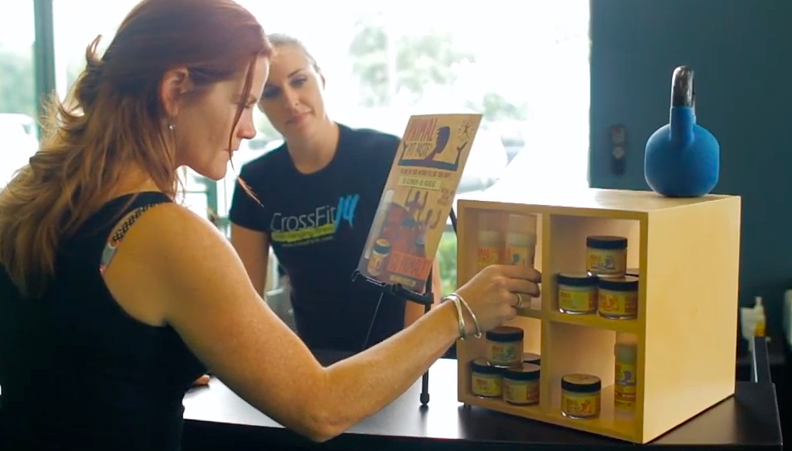
What you see or read on the manufacturing source online could be significantly different from the actual product. And a bad product can tarnish your image forever.
Before you start ordering in bulk, try connecting with at least 2-3 suppliers to get the best possible deal and request for samples.
This will help you to gauge the supplier’s responsiveness towards your needs and whether you can build a healthy relationship with them.
Typically, the cost of each sample ranges between $50 – $100 (depending upon the product size).
This roughly means $300 (or less) for 3 samples – right at your doorstep. You can also check with your suppliers beforehand – if they would reimburse the sample cost in case you finally decide to order from them.
And if you are lucky, some suppliers may even send you the samples for free!
- SAMPLE COST ~ $300
Explore: Best Amazon Keyword Tools To Boost Your Sales
Inventory
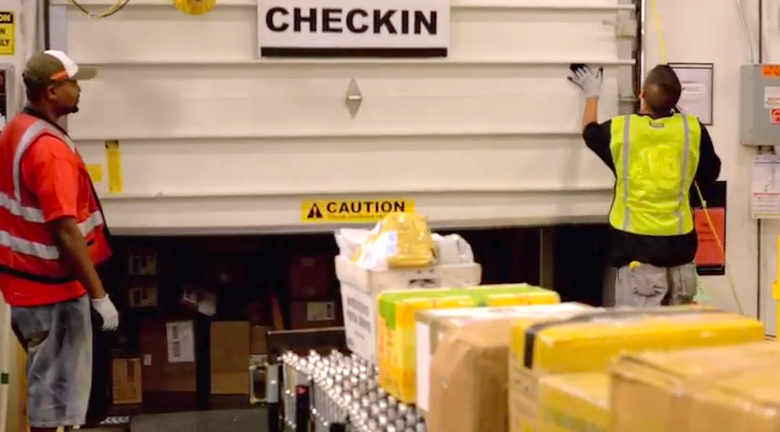
They usually offer their lowest wholesale price for a minimum of 500 units (which is anyway a decent number to start with).
But if you want to opt for lesser units, you might have to shell out more money per item – which may not really be worth it.
So assuming the wholesale price of a standard sized product is $5 per unit (including packaging and shipping), then the cost of 500 units will be 5 * 500 = $2500.
It is important to understand that buying lower cost products keeps your Startup cost low as well.
It also means that whatever competitive selling price you’ll put up for your products on Amazon, you will be able to generate more profits.
- INVENTORY COST ~ $2500
Check Out: Free Amazon Tools For FBA Sellers
Becoming An Amazon Seller
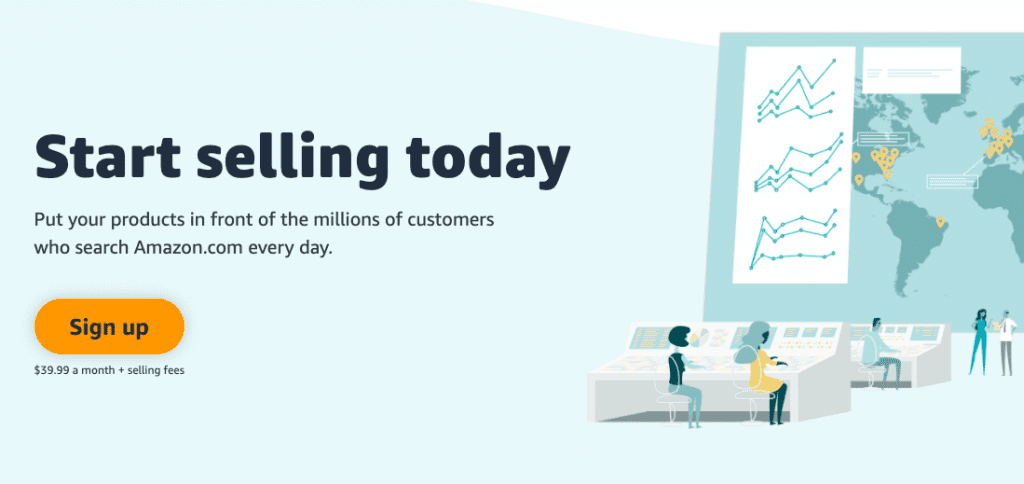
Under Individual Sellers Account, you will be charged $0.99 ‘closing fee for each item sold’ (plus the shipping or other associated selling fees) and these are applicable for all types of products – media or non-media.
This works well if you’re selling less than 40 units in a month.
But if you are planning to sell more, the Professional Sellers Account proves to be much more economical, with a standard fee of $39.99 a month.
Though there are no per item closing fee, it does have the additional shipping charges for all ‘media products’.
Unlike the Individual Account, Pro also gives you the access to additional tools for listing your inventory and managing orders, CPC advertising, eligibility to compete for Buy Box, generating promotional codes for your Giveaways and more.
- SELLER’S PRO ACCOUNT COST ~ $40>
The UPC Code
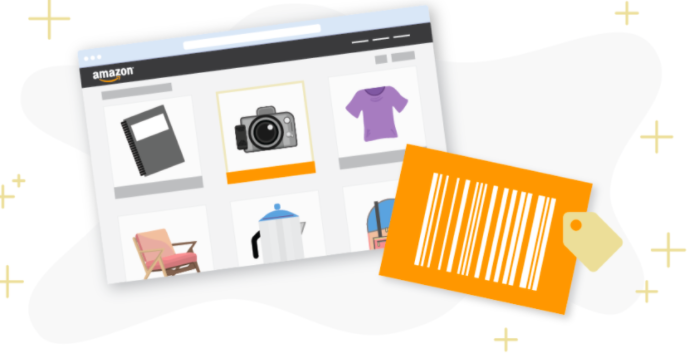
It appears next to the barcode of each product and is typically used for monitoring of products in a store.
Amazon requires you to have UPC codes for all your unique products before you can complete the product-listings on its platform.
It then converts these codes into their own SKU system called an ASIN or Amazon Standard Identification Number.
You can get the UPC codes from GS1 (Global Standard 1). GS1 issues GTINs (Global Trade Item Number) to each supplier by storing their product’s barcode as a 14 digit GTIN in their database.
On the low end, UPC code will cost you $250 for initial registration and $50 as annual renewal fee – for up to 10 barcodes.
(The high end prices can go upto $10,000 depending upon the number of products, and around $3000 as renewal fee).
You may however be tempted to buy them cheap from third party vendors where they are either replicated or resold and work well most of the time. But it’s a risk you will be taking.
The replicated codes at times are not always searchable within the GS1 system and end up giving random errors, while the resold ones would carry the original company name that cannot be changed.
Moreover, Amazon might reinforce a policy of discarding all non-authentic GS1 UPC codes in future – that could end up in more monetary losses than savings.
- UPC CODE COST ~ $250
Also Read: Best Amazon Tools For Product Research & Marketing
Product Images
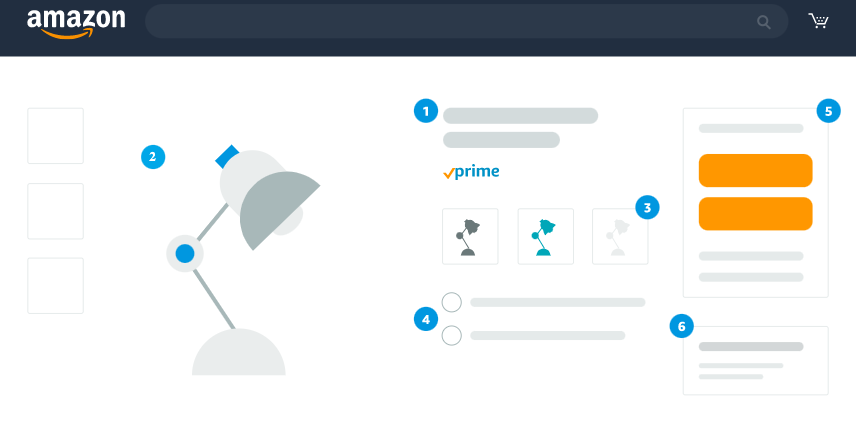
These images further entice the buyers to click on the product listing or check for prices. If your product images are visually appealing, chances are that you will get a higher click through rate – leading to potential sales.
Amazon requires you to have images with 1000 pixels or larger in either height or width (so that the Zoom feature can be enabled) along with other image standards, and you can upload upto 8 images with one main image.
Though you can click your own images using your smart phones, you may still not get the right angle, white background or the best lightings.
Some products look more purposeful with lifestyle shots, while others require an aesthetic touch. You would also need a clarity of closeup shots relative to the product size.
In simple words, you would need professional photography. The cost of a high-quality product image usually varies from $25 – $50.
So let’s say you start with 6 images, you would be paying 6* $50 = $300 per product. Adding lifestyle shots can be done at a later stage as they are quite expensive.
- PRODUCT IMAGE COST ~ $300
So the total amount you would initially need is – [Sample cost $300 + Inventory cost $2500 + Seller’s Pro Account cost $40 + UPC code cost $250 + Product image cost $300] = $3390
Apart from these, there are certain components that you can invest in to improve your overall sales.
Interesting Comparison: Jungle Scout Vs Viral Launch
Sponsored Ads For Ranking
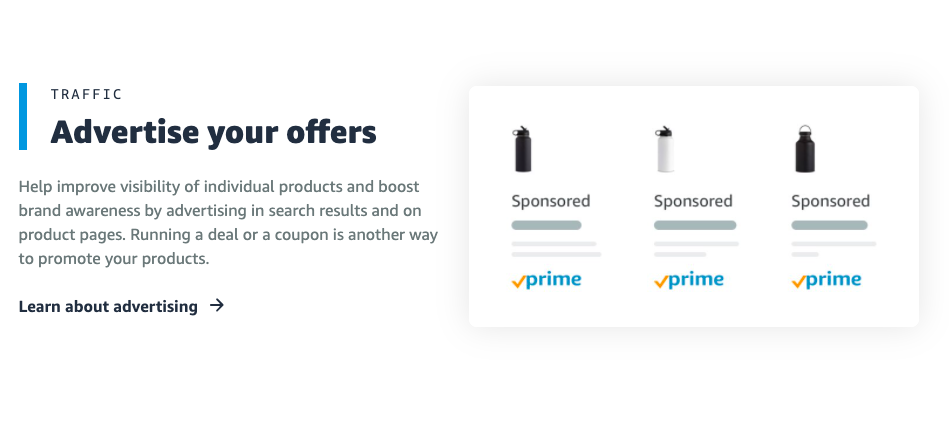
This means you need to perform SEOs on your product listing pages or strategically market your products to increase the organic traffic and boost your sales.
One effective way of achieving this is through running the Sponsored Ads, like Amazon PPC. It’s a pre-paid service that uses a cost-per-click auction-based pricing model.
This means that the sellers get to decide the maximum amount they are willing to pay ‘whenever a buyer clicks on their ad’.
The seller who places the most competitive bid would get his ad displayed by Amazon (if the search includes his keyword).
You can setup a daily budget of $10 and keep it going for a month, and you might receive $300 worth of clicks for the entire month. And that’s the amount you will be paying to Amazon for PPC Ads.
Also Read: Jungle Scout Review
Tools & Resources

The good news is that there are several tools and resources that can ease your burden significantly.
For instance with tools like Junglescout, you can automate the whole process of searching for the most profitable products and niches or get the best keywords suggestions.
The automatic sales tracker, repricing platforms and the net profit calculators simplify the revenue management, while the automated marketing campaigns can be segmented and even scheduled as per the global time zones.
A majority of these tools and services however are chargeable with one-time or recurring fee, and while most of them are affordable, few have exorbitant rates.
Though you might find some free variants of these softwares online, they usually offer either a limited trial period or only the basic features.
But you can still try them to understand whether you really need it for your business before buying.
Check Out: Jungle Scout Vs ASINspector
Trademarks
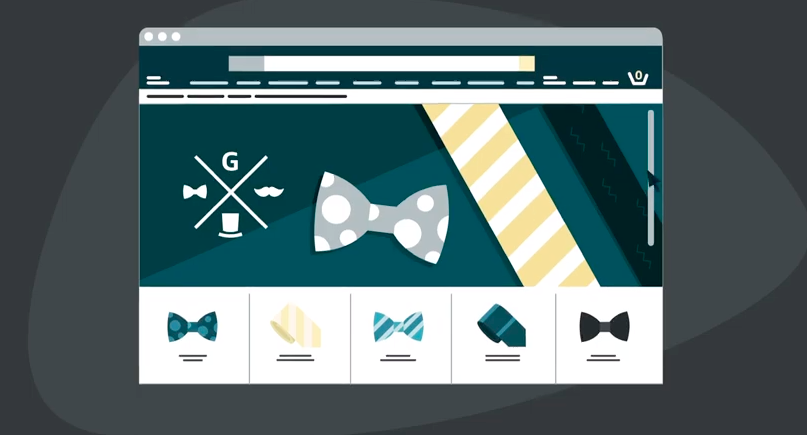
Getting registered under Amazon’s Brand Registry provides you with several benefits such as – increased authority over your product listing with your brand name, or access to proprietary text, image search and more.
But as per Amazon’s new brand registry policy, all Private Label brand owners are required to have a registered Trademark.
And though it is not an immediate requirement and in no way hinders your initial launch, you should still get it done as soon as possible as it takes about 6 month or more to get the approval. The cost could be a few hundred dollars.
Conclusion
The amount mentioned above is just a hypothetical number that may vary as per each individual seller.
It could relatively be on a higher end or lower end depending upon your own skills and marketing strategies.
Be sure to read and understand the prerequisites of becoming a seller and follow the guidelines before launching your Amazon FBA.
Cassie Riley has a passion for all things marketing and social media. She is a wife, mother, and entrepreneur. In her spare time, she enjoys traveling, language, music, writing, and unicorns. Cassie is a lifetime learner, and loves to spend time attending classes, webinars, and summits.